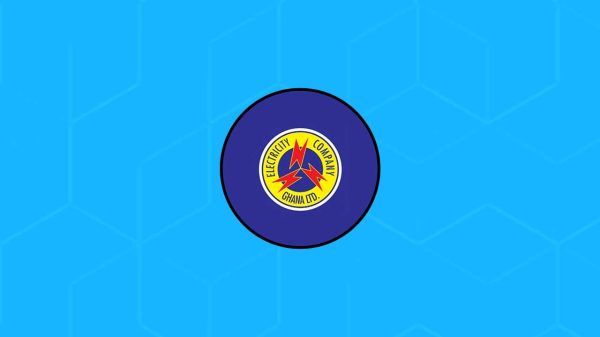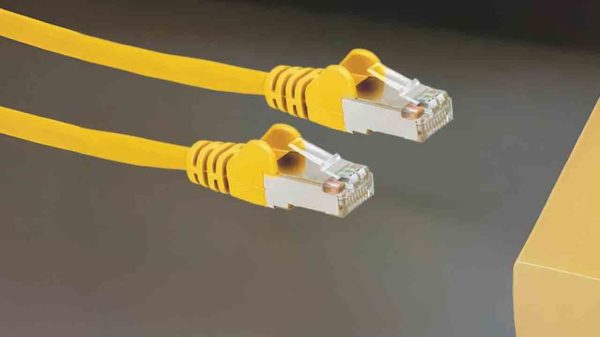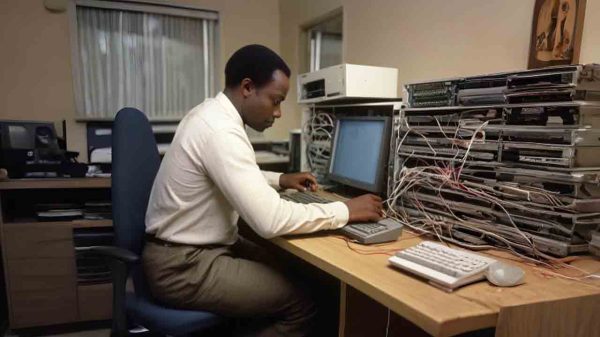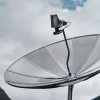Imagine your computer is like a big, busy city. The motherboard is like the city’s main roads and highways, connecting everything so traffic (data) can move smoothly. Just like roads link houses, schools, and stores, the motherboard links your computer’s brain (CPU), memory (RAM), storage (hard drive), and all the other important parts so they can work together.
A Quick Look at the Motherboard’s Job
The motherboard is a large, flat circuit board inside your computer. It:
- Connects all major components.
- Allows them to communicate and work together.
- Provides power to different parts of the computer.
Without the motherboard, all the individual parts of a computer wouldn’t be able to talk to each other. It’s like having a phone but no signal—nothing would work!
A Brief History of Motherboards
The first motherboard was introduced in 1981 by IBM. Over time, motherboards have evolved, becoming smaller, faster, and more powerful. Here’s a quick timeline:
| Year | Development |
|---|---|
| 1981 | IBM releases the first motherboard. |
| 1984 | IBM introduces the full AT motherboard. |
| 1985 | Baby AT motherboard is introduced. |
| 1987 | Western Digital releases LPX motherboards. |
| 1995 | Intel launches the ATX motherboard, which is still used today in a more advanced form. |
| 2000s | Smaller versions like microATX and mini-ITX become popular. |
What’s on a Motherboard?
A motherboard has many small components, each with a specific job. Let’s break them down in a way that makes sense.
1. CPU Socket
This is where the CPU (Central Processing Unit) sits. The CPU is like the mayor of the city, making all the decisions.
2. RAM Slots
RAM (Random Access Memory) slots hold the computer’s short-term memory. Think of it like a notepad where the computer jots down quick notes while working. More RAM means the computer can handle more tasks at once.
3. Expansion Slots
These slots let you add extra features to your computer, like better graphics or sound cards. They are like extra tools that help your computer do more things.
4. Power Connectors
The motherboard needs electricity to work. It gets power from the power supply unit through these connectors, just like a house gets electricity through wires.
5. Storage Connectors
These connectors attach to hard drives and SSDs (Solid State Drives), where all your files, games, and software are stored.
6. USB Headers
Ever plugged a USB drive into your computer? These headers allow extra USB ports to be added so you can connect more devices like a mouse, keyboard, or flash drive.
7. Heat Sink
Computers can get hot! The heat sink absorbs and spreads out the heat so the computer doesn’t overheat, similar to how a car radiator keeps an engine cool.
8. Back Panel Connectors
This is where you plug in your monitor, keyboard, mouse, and speakers. It’s like the city’s train station, where different things connect to the main system.
9. Northbridge & Southbridge
These chips manage how fast and efficiently information moves between components. The Northbridge handles communication with the CPU and RAM, while the Southbridge manages connections with storage devices and input/output devices.
10. BIOS/UEFI Chip
Before your computer fully turns on, it first checks if everything is working correctly. This process is controlled by BIOS (Basic Input/Output System) or its modern replacement, UEFI (Unified Extensible Firmware Interface).
How is a Motherboard Installed?
Motherboards are carefully placed inside a computer case and secured with small screws. Special stand-offs prevent it from touching the metal case, which could cause electrical problems.
Different Types of Motherboards
Motherboards come in different sizes, depending on the type of computer:
| Motherboard Type | Size | Used In |
| ATX | Large | Desktop computers |
| MicroATX | Medium | Smaller desktops |
| Mini-ITX | Small | Compact computers |
| Server Motherboards | Large | Powerful computers for businesses |
Why the Motherboard Matters
Without the motherboard, your computer wouldn’t work. It connects everything and makes sure all the parts can communicate properly. Whether you’re playing a game, watching a video, or writing an essay, your motherboard is working behind the scenes to keep everything running smoothly.
A motherboard might look complicated, but at its core, it’s just a big connector that allows different computer parts to work together. Understanding it can help you make better choices when buying or upgrading a computer. So next time you see a computer, you’ll know that its motherboard is the heart of everything inside!






























